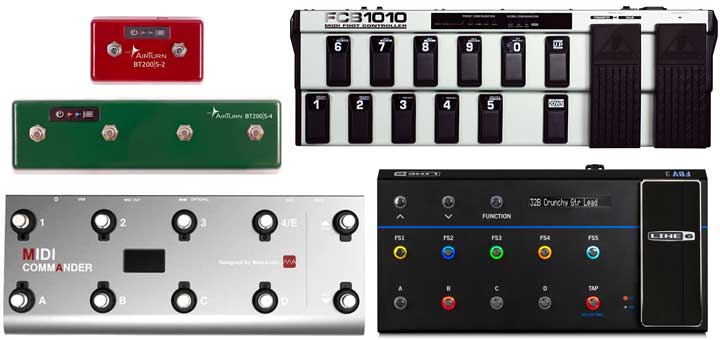

Problem #1 – How do I control Qlab from the SD5? There are other more important problems that macros can solve.The 500 times that you save 2 seconds by using a macro to save your session will reduce your stress level.Why would I create a macro to save my session when I can just as easily click File > Save Session? When I first heard about macros I ignored them because they seemed unnecessary. In it, I show you how I created macros to save the session, control Qlab, dim the lights and screen brightness, open the chat window, easily satisfy producer notes, create an explosion of reverb, and unmute hidden channels. In this video, I describe how I used macros to create efficient shortcuts in my mix on the Digico SD5 as head of sound for the Out of This Word tour for Ringling Bros. The first show to fully use the MSC specification was the Magic Kingdom Parade at Walt Disney World's Magic Kingdom in September 1991.UPDATE: This article appears in The Ultimate Guide to Creative Mixing on the Digico SD5. This was ratified by the MIDI Manufacturers Association (MMA) in January 1991, and the Japan MIDI Standards Committee (JMSC) later that year, becoming a part of the standard MIDI specification in August, 1991. This Forum created the MSC standard between January and September, 1990.
#Qlab midi remote full#
It is believed that this was the first international standard to be developed without a single physical meeting of the participants and the full transcript of the discussion is available via External Links, below. To create the MSC spec, Charlie Richmond headed the USITT MIDI Forum on their Callboard Network in 1990, which included developers and designers from the theatre sound and lighting industry from around the world. All MSC compatible instruments have a built-in MIDI interface and many now follow one of the various MIDI-over-Ethernet protocols. Since they follow a published standard, all MSC devices can communicate with and understand each other, as well as with computers which have been programmed to understand MSC messages using the MSC Command Set. Other performance parameters are also transmitted such as lighting desk submaster settings using MSC SET messages.Īll cues that a media control device is capable of playing are assigned MSC messages within the Show Controller's cue list and they are transmitted from its 'MIDI Out' port at the appropriate show time, depending on the actions of the user and the show controller's internally timed sequences.Īll MSC compatible instruments follow the MSC specification and thus transmit identical MSC messages for identical MSC events such as the playing of a certain cue on the media controller.

MSC messages are serially transmitted in the same way as musical messages and are fully compatible with all conventional MIDI hardware, however many modern MSC devices now use Ethernet communications for higher bandwidth and the flexibility afforded by networks.
#Qlab midi remote software#
When any cue is called by a user (typically a stage manager) and/or preprogrammed timeline in a show control software application, the show controller transmits one or more MSC messages from its 'MIDI Out' port. Just like musical MIDI, MSC does not transmit the actual show media - it simply transmits digital information about a multimedia performance. The MIDI Show Control protocol is an industry standard ratified by the MIDI Manufacturers Association in 1991 which allows all types of entertainment control devices to talk with each other and with computers to perform show control functions in live and canned entertainment applications. MSC enables all types of entertainment equipment to easily communicate with each other through the process of show control. MIDI Show Control, or MSC, is a significant real-time System Exclusive extension of the international Musical Instrument Digital Interface (MIDI) standard.


 0 kommentar(er)
0 kommentar(er)
